Tag: scabbard
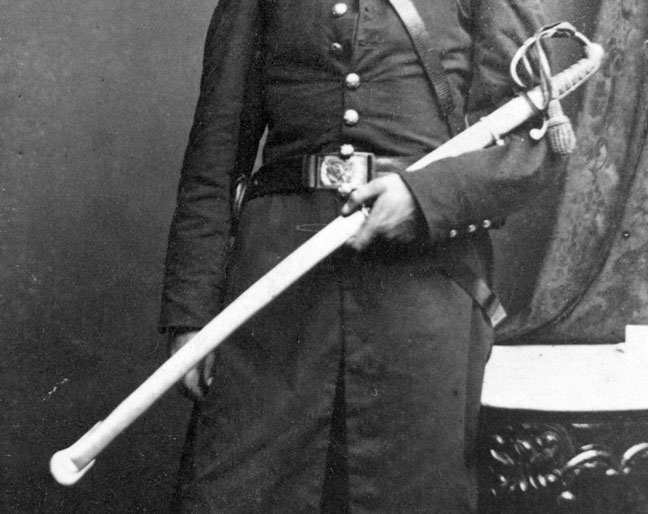 Wikipedia says: A scabbard is a sheath for holding a sword, knife, or other large blade. As well, rifles may be stored in a scabbard by horse riders. Military cavalry and cowboys had scabbards for their saddle ring carbine rifles and lever action rifles on their horses for storage and protection. Scabbards have been made of many materials over the millennia, including leather, wood, and metals such as brass or steel.
Wikipedia says: A scabbard is a sheath for holding a sword, knife, or other large blade. As well, rifles may be stored in a scabbard by horse riders. Military cavalry and cowboys had scabbards for their saddle ring carbine rifles and lever action rifles on their horses for storage and protection. Scabbards have been made of many materials over the millennia, including leather, wood, and metals such as brass or steel.
Most commonly, sword scabbards were worn suspended from a sword belt or shoulder belt called a baldric.
Wooden scabbards were typically covered in fabric or leather; the leather versions also usually bore metal fittings for added protection and carrying ease. Japanese blades typically have their sharp cutting edge protected by a wooden scabbard called a saya. Many scabbards, such as ones the Greeks and Romans used, were small and light. It was designed for holding the sword rather than protecting it. All-metal scabbards were popular items for a display of wealth among elites in the European Iron Age, and often intricately decorated. Little is known about the scabbards of the early Iron Age, due to their wooden construction. However, during the Middle and late Iron Ages, the scabbard became important especially as a vehicle for decorative elaboration. After 200 BC fully decorated scabbards became rare. A number of ancient scabbards have been recovered from weapons sacrifices, a few of which had a lining of fur on the inside. The fur was probably kept oily, keeping the blade free from rust. The fur would also allow a smoother, quicker draw.
Entirely metal scabbards became popular in Europe early in the 19th century and eventually superseded most other types. Metal was more durable than leather and could better withstand the rigorous of field use, particularly among troops mounted on horseback. In addition, metal offered the ability to present a more military appearance, as well as the opportunity to display increased ornamentation. Nevertheless, leather scabbards never entirely lost favor among military users and were widely used as late as the American Civil War (1861–1865).
Showing 1–16 of 645 results
-
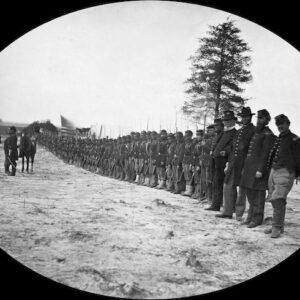
Image ID: AACT
$6.99 -
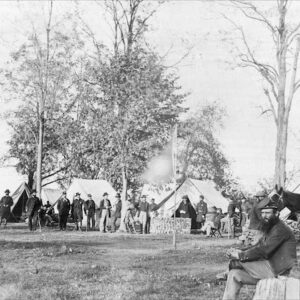
Image ID: AAFT
$2.99 -
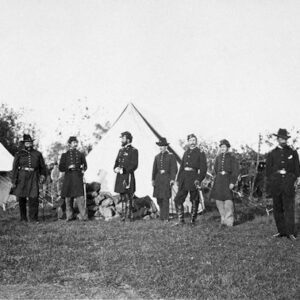
Image ID: AAFZ
$3.99 -

Image ID: AAGA
$6.99 -

Image ID: AAHI
$6.99 -
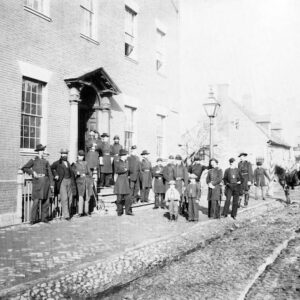
Image ID: AAMM
$6.99 -
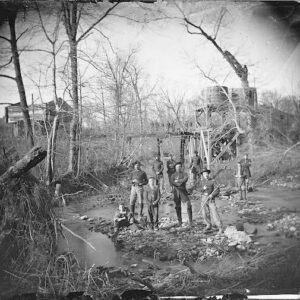
Image ID: AAPG
$4.99 – $5.99 This product has multiple variants. The options may be chosen on the product page -
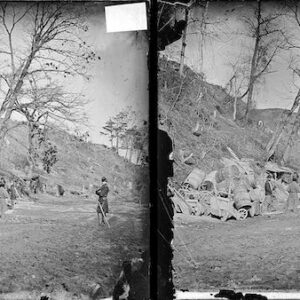
Image ID: ABGM
$4.99 This product has multiple variants. The options may be chosen on the product page -
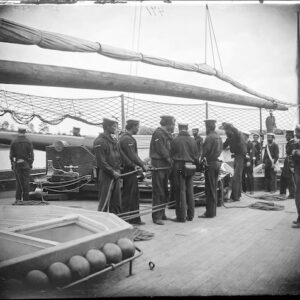
Image ID: ABTK
$4.99 -
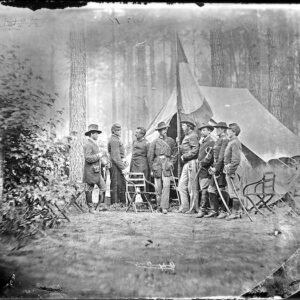
Image ID: ABTV
$4.99 -
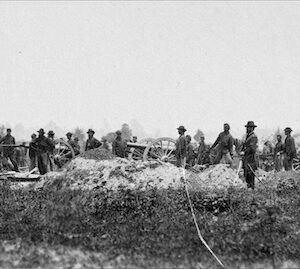
Image ID: ABWY
$5.99 -
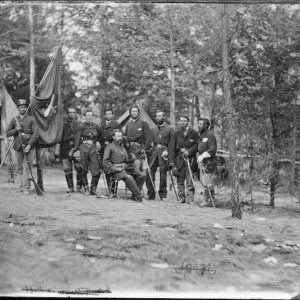
Image ID: ABXE
$4.99 – $6.99 This product has multiple variants. The options may be chosen on the product page -

Image ID: ACAL
$4.99 -
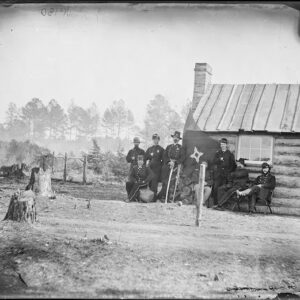
Image ID: ACKN
$4.99 -
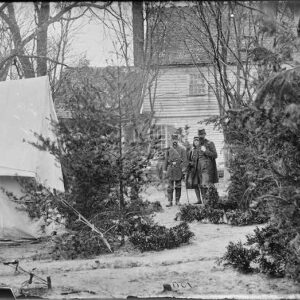
Image ID: ACKO
$4.99 – $6.99 This product has multiple variants. The options may be chosen on the product page -
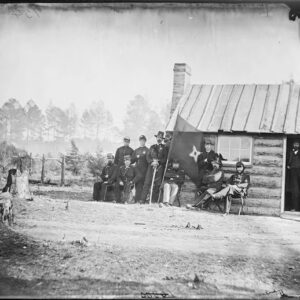
Image ID: ACLS
$4.99 – $6.99 This product has multiple variants. The options may be chosen on the product page